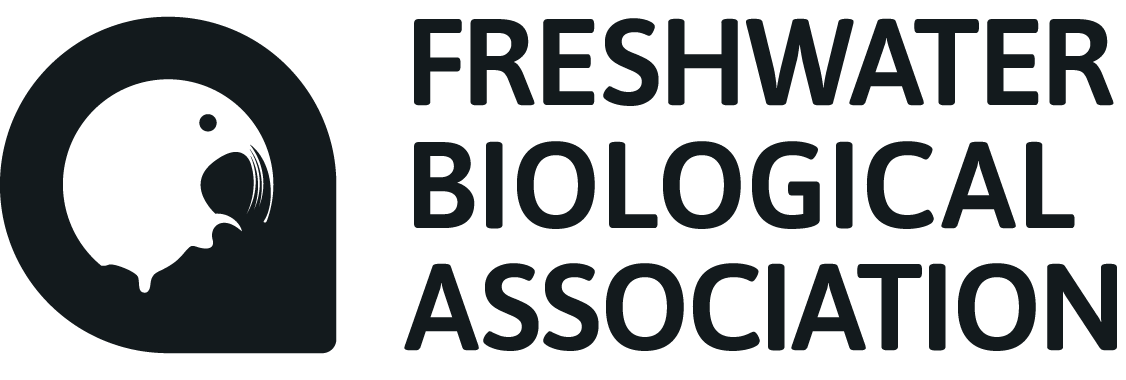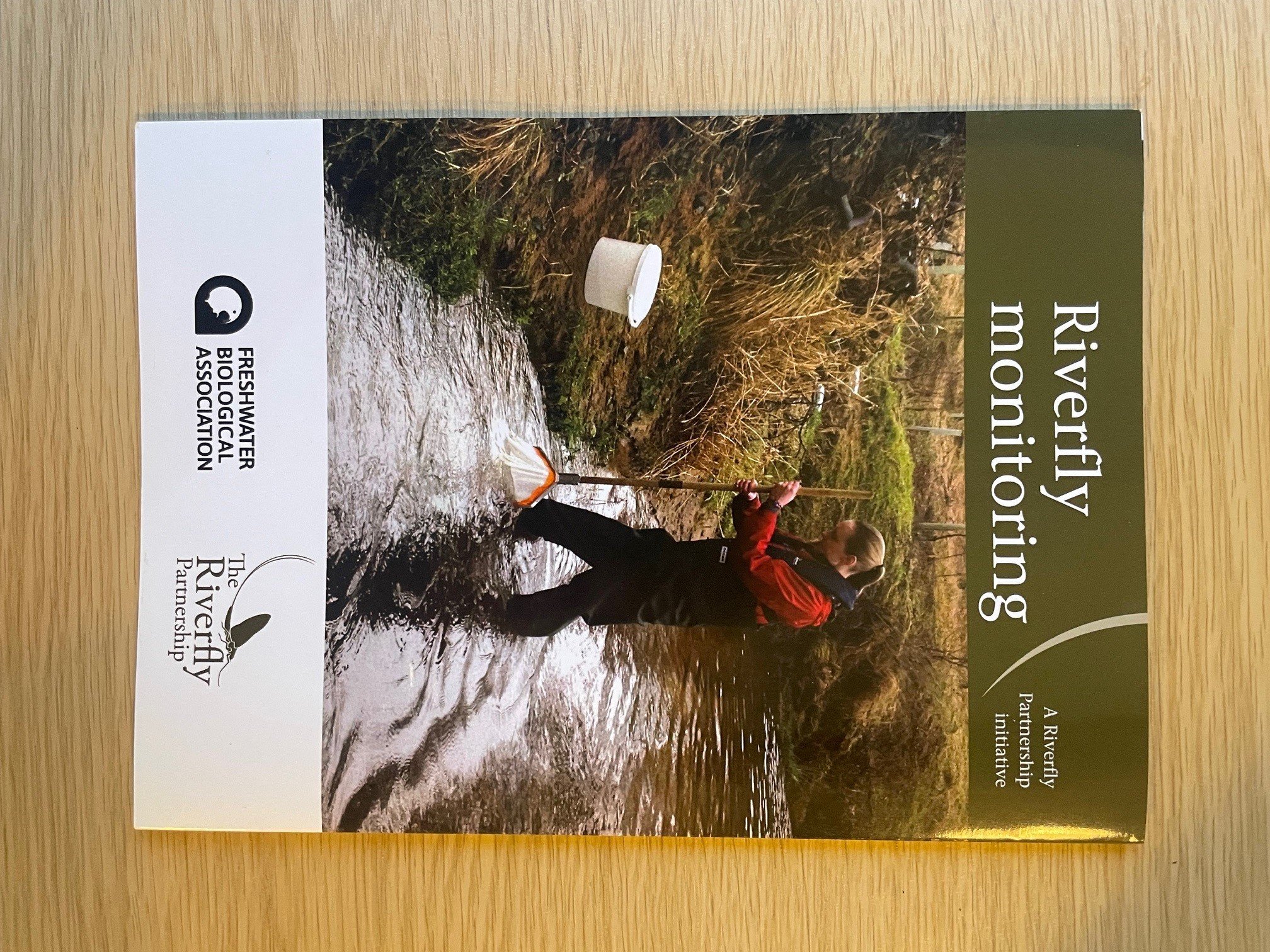A day in the life of a pond soundscape: singing insects and popping plants
14 June, 2023
By Jack A. Greenhalgh*, Martin J. Genner, Gareth Jones. School of Biological Sciences, University of Bristol, Life Sciences Building, 24 Tyndall Avenue, Bristol, UK, BS8 1TQ
Jack Greenhalgh was recently awarded a PhD at the University of Bristol. His research focuses on the development of ecoacoustic monitoring in freshwater environments to describe functional processes and biodiversity trends. In this article, Jack describes the daily acoustic activity cycles of ponds, and the implications for freshwater ecoacoustic survey design.
Edited by Rachel Stubbington, Nottingham Trent University
Rachel is both a Fellow of the Freshwater Biological Association and long-standing Editor of FBA Articles. If you would like to submit an article for consideration for publication, please contact Rachel at: rachel.stubbington@ntu.ac.uk
Introduction
New technologies, such as environmental DNA, drones, radar, camera traps and LIDAR are increasingly being used to survey ecosystems and provide new perspectives on ecosystem function and condition. In addition, these technologies are noninvasive and facilitate the ability to monitor habitats in areas that may be difficult to access and at large spatial and temporal scales. The field of bioacoustics, where audio recordings are used to study the production, transmission and reception of sounds, is well-established. Recently, this research has been extended to investigate all of the sounds present in an environment at any given time – the soundscape – generated from both natural and anthropogenic sources, giving rise to the discipline of ecoacoustics (Sueur and Farina 2015; Greenhalgh et al. 2020).
Terrestrial and marine soundscapes have been the subject of the vast majority of ecoacoustic studies, while only a handful have investigated freshwater soundscapes (Greenhalgh et al., 2020). These few previous studies (Desjonquères et al. 2015; Decker et al. 2020; Gottesman et al. 2020; Karaconstantis et al. 2020; Greenhalgh et al. 2021) have described a diverse range of sounds produced by aquatic insects, fish, amphibians, and also sounds from gas bubbles released by decomposition and respiration. Research in tropical freshwater ecosystems has revealed strong diel acoustic activity soundscape patterns (Decker et al. 2020; Gottesman et al. 2020; Karaconstantis et al. 2020; Linke et al. 2020). In contrast, fundamental aspects of temperate freshwater soundscape diel activity cycles remain poorly understood. To address this knowledge gap, we investigated the daily acoustic activity patterns of five temperate ponds in a recent publication in Freshwater Biology (Greenhalgh et al. 2023). Our aim was to describe temporal patterns and provide guidelines for ecocacoustic survey design.
Methods
Between April and June 2020, we recorded continuously for a week in each of five ponds in Bristol and East Devon, southwest England, using an hydrophone (underwater microphone; HTI-96-Min, High Tech Inc.) connected to a recorder (SM4BAT FS, Wildlife Acoustics) collecting a total of 840 hours of audio.
Figure 1: Study sites in (a) Bristol, and (b) east Devon, UK.
In each pond a single hydrophone was placed on the bottom approximately 2m from the edge. To quantify soundscape activity, we calculated six common acoustic indices, mathematical functions that provide an automated and standardised representation of the variations in signal frequency and amplitude, and thus the broadscale variability in a soundscape. A generalised additive model was fitted to the hourly means of each acoustic index. For simplicity, the results of just the Acoustic Diversity Index, which is a measure of acoustic heterogeneity (complexity), are presented here. In addition, macroinvertebrates were collected from each pond by sampling multiple microhabitats with a pond net for three minutes and macrophytes were identified via visual survey from the pond edge. We used Correspondence Analysis with the species data to investigate associations between components of the macroinvertebrate community, enabling us to relate this diversity to soundscape complexity.
Finally, we simulated a gradually increasing hydrophone deployment time to calculate the minimum survey time required to capture a significant proportion of soundscape variance. For this analysis we defined 14 simulated sampling time periods as 1, 2, 4, 12, 24 hours, and then 32–96 hours in steps of 8 hours. Median values were then calculated for each acoustic index in each simulated sampling time period across 1,000 permutations, to quantify a change in variance over time that was independent of an increasing sample size. We expected that variance in median values would be initially high, and stabilise with increasing sampling effort.
Results and discussion
The Acoustic Diversity Index revealed clear diel trends (Figure 2).
Figure 2: Diel acoustic activity cycle of the pond soundscape at Old Sneed Park, Bristol, summarised using the Acoustic Diversity Index. The values shown are predicted values from a Generalised Additive Model based on hourly Acoustic Diversity Index means, and 168 hours of audio. The dotted line represents the solar zenith, dark grey areas represent night, and the light grey areas represent twilight.
Generally speaking, our analysis revealed an aquatic insect-dominated soundscape at night-time, and an aquatic plant-dominated soundscape during the day (Figure 2). In total we identified 28 macroinvertebrate taxa from the five ponds (Figure 3).
Figure 3: Correspondence Analysis ordination plot showing associations between macroinvertebrates and other taxa (black dots) within communities in each of the five study ponds (blue triangles). Closer points indicate taxa that typically co-occur, as well as the species that typically characterise the community in each of the ponds.
Chew Magna Reservoir, Old Sneed Park and Abbot’s pool supported the most invertebrate taxa, including multiple species of water boatmen, which produce regularly repeating calls by stridulating to attract mates, increasing soundscape complexity. In contrast, variation between daytime and night-time hourly means was lower in habitats with fewer species of water boatmen, such as Eastwood Farm and Squabmoor Reservoir, with most daily acoustic variation driven by macrophyte respiration.
A midnight mass of singing insects commands the night
You will be aware of the dawn chorus of birdsong in woodland, but what about the midnight mass of singing aquatic insects in a pond? Due to the extremely loud sound produced by stridulation in M. scholtzi (Sueur et al. 2011) and other water boatmen, it is important to consider their influence on the pond soundscape. A peak in acoustic activity driven by insectdominated choruses typically occurred between 02:00–04:00, and 20:00–00:00, driving considerable diel variation. In addition, acoustic niche partitioning, whereby different species produce calls at different frequencies to avoid competition, was potentially observed between water boatmen (Figure 4).
Figure 4: A typical night-time (03:00) aquatic insect-dominated soundscape. This spectrogram emphasises the differences in frequencies and temporal patterns generated by two water boatmen taxa. The Fast Fourier Transformation (FFT) size is 2,048.
Popping plant sounds dominate the daytime
An increase in acoustic activity during the day is likely due to the presence of macrophytes that produce popping sounds as they respire and oxygen bubbles are released via the stomata, perhaps most efficiently around the solar zenith ~13:00 (Figure 5).
Figure 5: A typical daytime (12:00) aquatic plant-dominated soundscape. This spectrogram emphasises the plant generated sounds between 18-25kHz. Fine-leaved Potamogeton spp. and Elodea spp. were observed next to the hydrophone during the recording, however, it is not possible to distinguish between the sounds produced by each species. The Fast Fourier Transformation (FFT) size is 2,048.
Finally, while simulating increasing hydrophone deployment time we found that variation in the median for each acoustic index was high at low sampling effort (<10 hours) before stabilising in most cases after 20– 24 hours of simulated hydrophone deployment time.
Conclusions
Our study has shown that temperate ponds have clear daily acoustic activity cycles. Night-time hours were typically dominated by aquatic insect stridulation, and daytime hours by macrophyte respiration. Passive acoustic monitoring in ponds has the potential to non-invasively survey aquatic insects, plants, fish and amphibian activity and diversity in an automated and standardised way. However, steps should be taken during survey design to ensure that sounds produced by soniferous taxa that exhibit diel acoustic behaviour are captured during the survey. This study provides further evidence that ponds are full of sound produced by aquatic insects and plants, highlighting the impressive biodiversity that freshwater ecosystems possess.
Acknowledgements
We thank Angie Greenhalgh and Ben Cornish for their assistance with field work. J.G. was supported by a NERC GW4+ FRESH CDT PhD studentship (NE/R011524/1).
References
Decker, E., Parker, B., Linke, S., Capon, S. and Sheldon, F. 2020. Singing streams: Describing freshwater soundscapes with the help of acoustic indices. Ecology and Evolution 10: 4979–4989. https://doi.org/10.1002/ece3.6251
Desjonquères, C., Rybak, F., Depraetere, M., Gasc, A., Le Viol, I., Pavoine, S. and Sueur, J. 2015. First description of underwater acoustic diversity in three temperate ponds. PeerJ 3: e1393. https:// doi.org/10.7717/peerj.1393
Gottesman, B.L., Francomano, D., Zhao, Z., Bellisario, K., Ghadiri, M., Broadhead, T., Gasc, A. and Pijanowski, B.C. 2020. Acoustic monitoring reveals diversity and surprising dynamics in tropical freshwater soundscapes. Freshwater Biology 65: 117–132. https:// doi.org/10.1111/fwb.13096
Greenhalgh, J.A., Genner, M.J., Jones, G. and Desjonquères, C. 2020. The role of freshwater bioacoustics in ecological research. Wiley Interdisciplinary Reviews: Water 7: e1416. https://doi.org/10.1002/wat2.1416
Greenhalgh, J.A., Stone, H.J., Fisher, T. and Sayer, C.D. 2021. Ecoacoustics as a novel tool for assessing pond restoration success: Results of a pilot study. Aquatic Conservation: Marine and Freshwater Ecosystems 31: 2017–2028. https://doi.org/10.1002/aqc.3605
Greenhalgh, J.A., Genner, M.J. & Jones, G. 2023. Diel variation in insect-dominated temperate pond soundscapes and guidelines for survey design. Freshwater Biology.
Karaconstantis, C., Desjonquères, C., Gifford, T. and Linke, S. 2020. Spatio-temporal heterogeneity in river sounds: Disentangling micro-and macro-variation in a chain of waterholes. Freshwater Biology 65: 96–106. https://doi.org/10.1111/fwb.13439
Linke, S., Decker, E., Gifford, T. and Desjonquères, C. 2020. Diurnal variation in freshwater ecoacoustics: Implications for site-level sampling design. Freshwater Biology 65: 86–95. https://doi.org/10.1111/fwb.13227
Sueur, J. & Farina, A. 2015. Ecoacoustics: the ecological investigation and interpretation of environmental sound. Biosemiotics 8: 493–502. https://doi.org/10.1007/s12304-015-9248-x
Sueur, J., Mackie, D. & Windmill, J.F. 2011. So small, so loud: extremely high sound pressure level from a pygmy aquatic insect (Corixidae, Micronectidae). PLoS One 6: e21089. https://doi.org/10.1371/journal.pone.0021089
Further reading
The Freshwater Biological Association publishes a wide range of books and offers a number of courses throughout the year. Check out our shop here.
Get involved
Our scientific research builds a community of action, bringing people and organisations together to deliver the urgent action needed to protect freshwaters. Join us in protecting freshwater environments now and for the future.














